 W
WJohannes Bratt Andenæs, often shortened to Johs. Andenæs was a Norwegian jurist. He was a professor of jurisprudence at the University of Oslo from 1945 to 1982, and served as rector from 1970 to 1972.
 W
WEiliv Austlid was a Norwegian farmer and army officer who played a pivotal role in assuring the escape of the Norwegian government during the German invasion in 1940. Killed in action, he was discredited during and following the war, but his record was restored as a result of a series of articles in the newspaper Dagningen. In 2010, he received posthumously the War Cross with Sword, Norway's highest military decoration for valor.
 W
WLars Bergendahl was a Norwegian cross-country skier who competed during the 1930s.
 W
WSvein Lavik Blindheim was a Norwegian military officer, known for his resistance work during World War II.
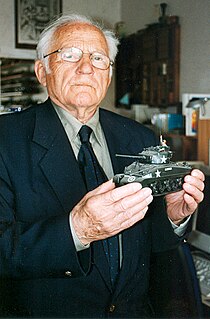 W
WSverre Bratland was a Norwegian military leader.
 W
WPeter Theodor Broch was a Norwegian lawyer and politician for the Labour Party.
 W
WWaldemar Christofer Brøgger was a Norwegian novelist, journalist, translator and editor.
Arne Dagfin Dahl, was a Norwegian military officer most renowned as the commander of the Alta Battalion during the fighting at Narvik in Northern Norway in 1940.
 W
WTorstein Dale was a Norwegian physician and military officer. He served as president of the Norwegian Red Cross.
 W
WCarl Johan Erichsen was a Norwegian military officer.
 W
WBirger Kristian Eriksen was a Norwegian officer who was instrumental in stopping the first wave of Gruppe 5 of the German invasion force outside Oslo.
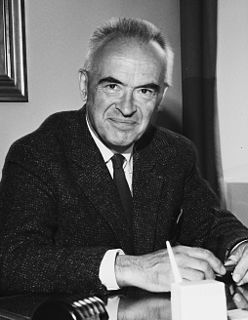 W
WKarl Evang was a Norwegian physician and civil servant.
 W
WErling Gjone was a Norwegian architectural historian and antiquarian. Gjone made significant contributions to the preservation of medieval-era Norwegian buildings. He is most noted for his work with the restoration of the Archbishop's Palace (Erkebispegården) in Trondheim.
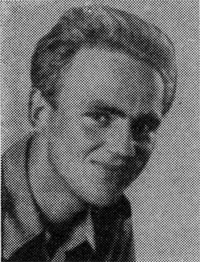 W
WGregers Winther Wulfsberg Gram was a Norwegian resistance fighter and saboteur. A corporal and later second lieutenant in the Norwegian Independent Company 1 during the Second World War, he was killed in 1944.
 W
WCorporal Sverre Granlund, DCM was a Norwegian commando during the Second World War.
 W
WJohan Nordahl Brun Grieg was a Norwegian poet, novelist, dramatist, journalist and political activist. He was a popular author and a controversial public figure. He served in World War II as a war correspondent and was killed while on a bombing mission to Berlin.
 W
WKnut Trygve Gysler was a Norwegian equestrian. He was born in Christiania. He competed at the 1920 Summer Olympics in Antwerp, where he placed 9th in individual eventing. He competed at the 1928 Summer Olympics in Amsterdam, where he tied 21st in individual jumping, and placed 11th in team jumping.
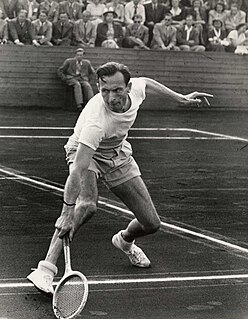 W
WJohan Clausen Haanes was a Norwegian tennis player, ski jumper, bandy player and track and field athlete. He was among Norway's best tennis players of all time.
 W
WGunnar Halle DFC was a Norwegian engineer and military officer.
 W
WCarl Frølich Hanssen was a Norwegian military officer and sports executive. He was head of the Norwegian Nazi Labour Service during the Second World War. He born in Fredrikshald (Halden).
 W
WKnut Magne Haugland, DSO, MM, was a resistance fighter and noted explorer from Norway, who accompanied Thor Heyerdahl on his famous 1947 Kon-Tiki expedition.
 W
WKnut Haukelid was a Norwegian resistance movement soldier during World War II, most notable for participating in the Norwegian heavy water sabotage.
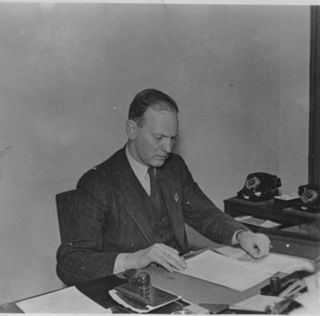 W
WOlaf Helset was a Norwegian military officer with the rank of Major General, and a sports administrator. He played a central role in the early resistance during the German occupation of Norway, both civil and military resistance. He was later in command of the Norwegian police troops in exile in Sweden. After the war he served as head of the Norwegian Army for two years.
 W
WThor Heyerdahl was a Norwegian adventurer and ethnographer with a background in zoology, botany and geography.
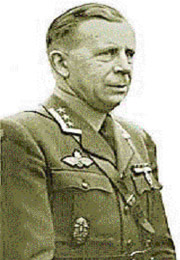 W
WHans Reidar Holtermann was a Norwegian military officer. Holtermann is best known as the commander of Hegra Fortress during the Battle of Hegra Fortress in the Norwegian Campaign of 1940.
 W
WKasper Idland MM, was a Norwegian resistance member during World War II. Idland took part in the Norwegian heavy water sabotage in 1943.
 W
WFinn Varde Jespersen was among Norway's leading orienteers in the late 1930s. During World War II, he was a pilot with the rank of lieutenant. He perished during the invasion of Normandy.
 W
WAlv Kjøs was a Norwegian army officer and politician for the Conservative Party.
 W
WOle J. Kleppa was a Norwegian-born physical chemist and a pioneer and leading authority in the study of metals, molten salts, ceramics and minerals at high temperatures. Kleppa was a professor at the University of Chicago, where he held appointments in the Department of Chemistry, the Department of Geophysical Sciences, the James Franck Institute, and the College. He was the director of the James Franck Institute and the Materials Research Laboratory.
 W
WLeiv Kreyberg was a Norwegian pathologist. He was a professor at the University of Oslo from 1938 to 1964. Among his scientific studies was the development and typology of lung cancer. During World War II he contributed to the organizing of the Norwegian Army's medical service, and he participated in the repatriation of prisoners of war in Northern Norway.
 W
WLeif Andreas Larsen DSO, DSC, CGM, DSM and Bar, popularly known as "Shetlands Larsen", was a highly decorated Norwegian sailor. He was arguably the most famous of the men who operated the Shetland bus escape route during the war.
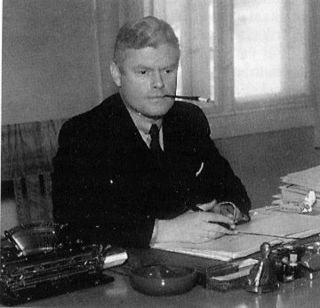 W
WJonas Lie was a Norwegian councilor of state in the Nasjonal Samling government of Vidkun Quisling in 1940, then acting councilor of state 1940–1941, and Minister of Police between 1941 and 1945 in the new Quisling government. Lie was the grandson of the novelist Jonas Lie and the son of the writer Erik Lie.
 W
WFinn Lied was a Norwegian military researcher and politician for the Labour Party. He was particularly known for work on the establishment of the Norwegian state oil company Statoil. His effort to ensure that a large part of the revenues from the oil industry that explored the petroleum deposits under the Norwegian continental shelf was taxed by the Norwegian state was of great importance.
 W
WMartin Jensen Linge, was a Norwegian actor who, in World War II, became the commander of the Norwegian Independent Company 1 (NOR.I.C.1), formed in March 1941 for operations on behalf of the Special Operations Executive.
 W
WMaximo Guillermo "Max" Manus DSO, MC & Bar was a Norwegian resistance fighter during World War II, specialising in sabotage in occupied Norway. After the war. he wrote several books about his adventures and started the successful office supply company Max Manus AS.
 W
WKnut Møyen was a Norwegian economist and resistance member. He was born in Aker. After the German invasion of Norway in 1940 he participated in the Norwegian Campaign. From 1941 to 1942 he was a central organizer of the underground military organization Milorg. His "shadow" Jens Christian Hauge later eventually became the leader of Milorg. In 1942 he just managed to avoid being caught by the Gestapo, and fled to Sweden and later to the United Kingdom. In London he served at the Norwegian High Command. He was awarded St. Olav's Medal With Oak Branch and the Defence Medal 1940–1945. He died in Oslo in 1984. A memorial designed by Nils Aas was unveiled in Nordmarka in 1989.
 W
WOliver Møystad was a Norwegian engineer, farmer and forest owner. During the Norwegian Campaign in April 1940 he commanded Norwegian troops at the Battle of Midtskogen. During the German occupation of Norway, he served as leader of the collaborationist security police from 1941 to 1943, and Hirden from 1942 to 1944. After the war, Møystad was sentenced for treason to 10 years of forced labor and NOK 150,000 in fines during the legal purge in Norway after World War II. He was released in 1950.
 W
WØyvinn Øi was a Norwegian military officer during the outbreak of the Second World War.
 W
WNikolai Ramm Østgaard, sometimes referred to as N. R. Østgaard was a Norwegian military officer, aide-de-camp for Olav V of Norway, and sports official who is best known as Presidentof the International Ski Federation (FIS) from 1934 to 1951.
 W
WOle Otto Paus, né Ole von Paus, was a Norwegian General, diplomat and NATO official. He was head of the army group in the military intelligence service of the exile Norwegian High Command in London during the Second World War, and thus was one of the founders of the Norwegian Intelligence Service. He served as a military attaché in Stockholm and Helsingfors during the 1950s, and was commander-in-chief in Central Norway from 1964 to 1971. From 1971 to 1974 he was Land Deputy of the Allied Forces Northern Europe, i.e. the Norwegian representative in the NATO military command for Northern Europe. As such he was the highest-ranking Norwegian in the NATO command structure at the time.
 W
WJens-Anton Poulsson DSO, was a Norwegian military officer. During World War II he was a Norwegian resistance member, especially noted for his role in the heavy water sabotage 1942–1943. He continued his military career after the war, and was appointed colonel in 1968.
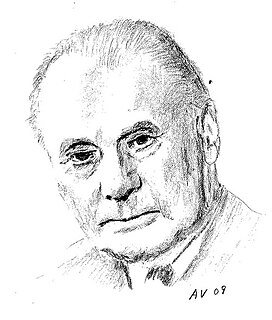 W
WHilmar August Reksten was a Norwegian shipping magnate. In the autumn of 1973 he was counted among the world's richest men, possessing a fleet worth about £300,000,000. At his death in 1980, all was lost; he left behind a debt of about £100,000,000.
 W
WJohn Ingebrigt Rognes was a Norwegian military officer and Milorg pioneer.
 W
WHarald Sandvik was a Norwegian military officer and sports administrator. He is best known as commander of the SOE branch Kompani Linge from 1943 to 1944 and chief of the Norwegian Defence Sports Council from 1955 to 1971.
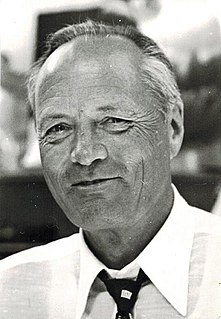 W
WOle Martin Siem was a Norwegian businessperson and World War II resistance member.
 W
WIngvald Marillus Emil Smith-Kielland was a Norwegian military officer, diplomat, sports official, and royal servant.
 W
WGunnar Fridtjof Thurmann Sønsteby DSO was a member of the Norwegian resistance movement during the German occupation of Norway in World War II. Known by the nickname "Kjakan" and as "Agent No. 24", he was the most highly decorated citizen in Norway, including being the only person to have been awarded the War Cross with three swords, Norway's highest military decoration.
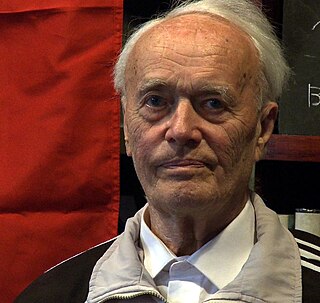 W
WHaakon Sørbye was a Norwegian engineer and resistance member during World War II. He was a member of the radio group Skylark B during the war. After the war he was a professor at the Norwegian Institute of Technology.
 W
WOdd Kjell Starheim, DSO was a Norwegian resistance fighter and SOE agent during the Second World War. He died when a Norwegian ship he had captured off the coast of Norway was sunk by German bombers on its way back to the United Kingdom.
 W
WArvid Kristian Storsveen was a Norwegian Military Officer and organizer of the secret agency XU, the main intelligence gathering organisation within occupied Norway during World War II.
 W
WArne Toralf Sunde was a Norwegian politician, Olympic shooter and army officer. He is best known for his participation in the 1940 Norwegian Campaign, his participation in Nygaardsvold's Cabinet during its 1940–1945 exile in London and three years as a United Nations ambassador. Sunde was President of the United Nations Security Council in June 1949 and July 1950.
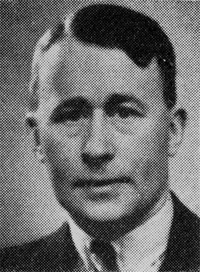 W
WEinar Sverdrup was a Norwegian mining engineer and businessman. He was the CEO of the Store Norske Spitsbergen Kulkompani, operating at Svalbard. When the integrity of Svalbard was threatened during World War II, he volunteered for a military operation, but was killed in action during Operation Fritham.
 W
WJohan Edvard Tallaksen MC & Bar was a Norwegian resistance member during World War II, serving as an ensign in the Oslo Gang and Norwegian Independent Company 1.
 W
WThorvald Thronsen was a Norwegian paramilitary officer.
Leif Hans Larsen Tronstad DSO, OBE was a Norwegian scientist, intelligence officer and military organizer. He graduated from the Norwegian Institute of Technology in 1927 and was a prolific researcher and writer of academic publications. A professor of chemistry at the Norwegian Institute of Technology from 1936, he was also among the pioneers of heavy water research, and was instrumental when a heavy water plant was built at Vemork.
 W
WKnut Kirsebom Wigert was a Norwegian actor, known for his many Ibsen roles and the establishment of an Ibsen museum in Oslo.
 W
WHerman Fredrik Zeiner-Gundersen was a general in the Norwegian Army. He served as Chief of Defence of Norway from 1972 to 1977.